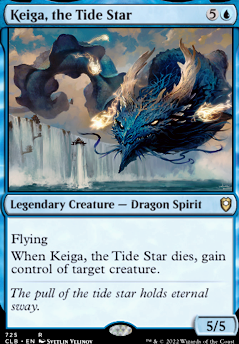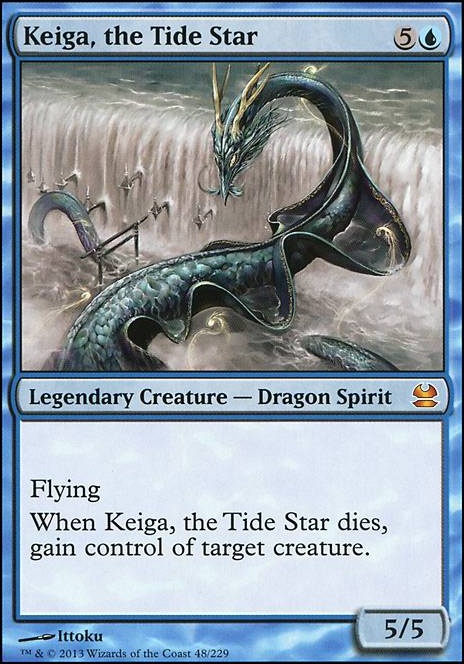Artifact (22)
- 1x Arcane Signet
- 1x Blackblade Reforged
- 1x Blade of Selves
- 1x Caged Sun
-
1x
Champion's Helm

- 1x Commander's Plate
- 1x Gilded Lotus
- 1x Jeweled Lotus
- 1x MImic Vat
- 1x Mirage Mirror
-
1x
Mox Opal

- 1x Nyx Lotus
- 1x Sapphire Medallion
-
1x
Scroll Rack

- 1x Sensei's Divining Top
- 1x Shadowspear
- 1x Sol Ring
- 1x Sword of Feast and Famine
- 1x Sword of Light and Shadow
- 1x Sword of War and Peace
- 1x Thought Vessel
- 1x Thran Dynamo
Enchantment (9)
Land (35)
- 1x Academy Ruins
-
1x
Ancient Tomb

- 1x Arcane Lighthouse
- 1x Blast Zone
-
1x
Flooded Strand

- 1x Halimar Depths
- 22x Island
- 1x Misty Rainforest
- 1x Nykthos, Shrine to Nyx
- 1x Polluted Delta
- 1x Reliquary Tower
- 1x Scalding Tarn
- 1x Seat of the Synod
- 1x War Room
Creature (11)
- 1x Agent of Treachery
- 1x Clever Impersonator
- 1x Cryptoplasm
- 1x Empress Galina
- 1x Gilded Drake
- 1x Phantasmal Image
- 1x Phyrexian Metamorph
- 1x Renegade Doppelganger
- 1x Solemn Simulacrum
- 1x Steel Hellkite
- 1x Thalakos Deceiver
Planeswalker (1)
Commander (1)
Instant (13)
- 1x AEtherize
- 1x Arcane Denial
- 1x Brainstorm
- 1x Cackling Counterpart
-
1x
Counterspell

- 1x Cryptic Command
- 1x Cyclonic Rift
- 1x Fated Infatuation
- 1x Fierce Guardianship
- 1x Mana Drain
- 1x Mystical Tutor
- 1x Polymorphist's Jest
- 1x Swan Song
Sorcery (8)
Suggestions
Updates Add
Comments View Archive
Attention! Complete Comment Tutorial! This annoying message will go away once you do!
Important! Formatting tips — Comment Tutorial — markdown syntax
Please login to comment
95% Casual
Competitive
Revision 1 See all
(4 months ago)
| +1 | Inevitable Betrayal | main |
| +1 | MImic Vat | main |
| -1 | MImic Vat | main |
| -1 | Vesuvan Doppelganger | main |
| Date added | 6 years |
| Last updated | 4 months |
| Legality | This deck is Commander / EDH legal. |
| Rarity (main - side) | 13 - 0 Mythic Rares 44 - 0 Rares 10 - 0 Uncommons 9 - 0 Commons |
| Cards | 100 |
| Avg. CMC | 2.97 |
| Tokens | Bird 2/2 U, Boar 2/2 G, Copy Clone |
| Folders | edh, Theft Ideas, Nice Decks, yo, 2_Chaotic Night-Ruiners, Commander, Decks, Keiga |
| Votes | |
| Ignored suggestions | |
| Shared with | |
| Views |


